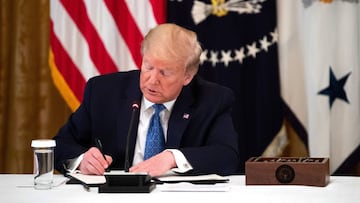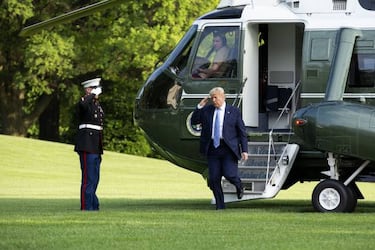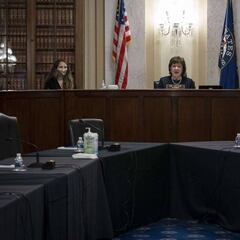Stimulus Check vs $4,000 Travel Tax Credit: what is the difference?
Millions of Americans are hoping for some additional financial support from the government during this coronavirus crisis, but in what form will it come?


As millions of Americans await news of another financial package to aid their situations during this coronavirus pandemic, numerous ideas have been put forward. A second stimulus check is in discussion but there has also been recent talk about a travel tax credit of up to $4,000. We assess the differences between the two prospective helping hands that could be given by the government.
What is the $4,000 Travel Tax Credit?
The proposal that is being discussed, known as the “Explore America” tax credit, would allow you to claim back 50% of the expenses incurred while on vacation. These expenses, according to the US Travel Association, can include aspects of the trip such as ‘"meals, lodging, recreation, transportation, amusement or entertainment" and the claim can be made up to a maximum of $4,000. The plan would be to run this from its launch until the end of next year, 2021.
Reasons for:
Clearly the big push for this credit is as a stimulus for the economy as it is only accessed if money is spent in the first place. As well as the direct money distributed across tourism businesses, there is also the benefit of job places in the industry being filled to handle the increased activity. Lowering the record unemployment rate, with eyes on November’s presidential election, is a key objective for Donald Trump.
- Second stimulus check: when will I know what the payment date is?
- Stimulus check: how does the government create stimulus payments
- What affects the approval of a second stimulus check bill?
- What is the "Digital Dollar" option being discussed by Congress?
- Stimulus check: will there be a second round of payments in June?
- $4,000 tax credit: what Trump says about stimulus scheme
Reasons against:
There are two obvious factors that go against the travel credit. Its introduction would, as per its design, encourage more Americans to travel across the country, and this is risky given the current Covid-19 pandemic that we are living through. Clearly steps can be taken to minimise the spread, but the more people that are interacting increases the chance of infection and potentially a second wave, which could force the economy back a few steps.
Critics also argue that many of those who need the money to survive are not those wanting to go on vacation, but just want to pay their bills and provide for their family. As a credit, and not money into the account, this would not help, although those working in tourism could see income opportunities.
What does a second stimulus check look like?
The $2.2 trillion CARES Act included a stimulus check for Americans of up to $1,200 per individual plus a further $500 for dependents - although many could still miss out on this. Various proposals have been debated on how a second check would look - ideas often split down party lines - and the only one to have made it through the House of Representatives is the $3 trillion HEROES Act. As has been well documented, this, at least in its current form, has been described as ‘dead on arrival’ to Congress but many believe it could be a starting point to negotiations.

Reasons for:
Related stories
Getting a second check to those feeling the financial pain as quickly as possible carries some obvious benefits. That money can prove to be the crucial help for many to cover basic living expenses and it is also aid that is sent straight to the household to take advantage of. It is also seen as a way to provide funds that will help stimulate the US economy as people go out and spend it as more and more businesses open across the various states.
Reasons against:
Those speaking up against the second check point to that fact that analysis suggests the extra money is not actually put back into the economy by many recipients. They also argue that the cost is just too high to take on while it does not have a significant positive impact on job creation.

